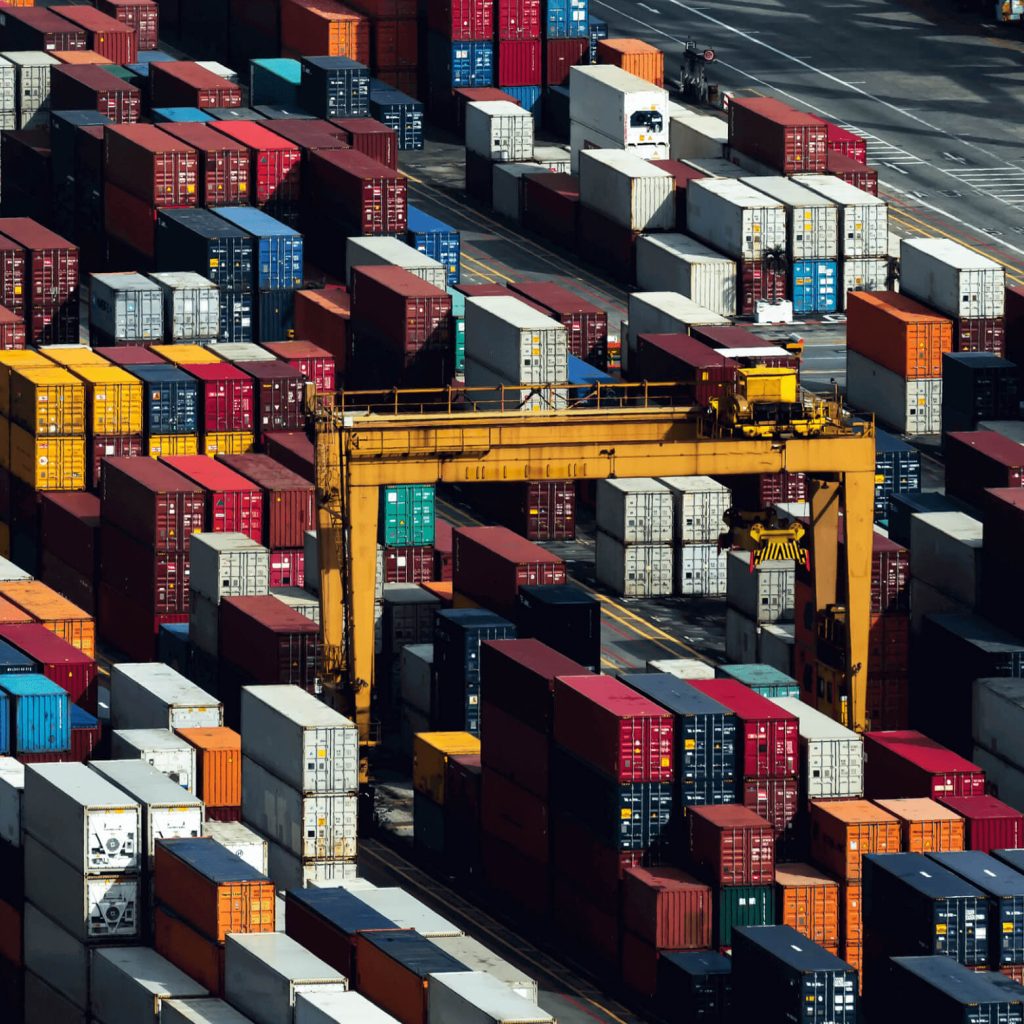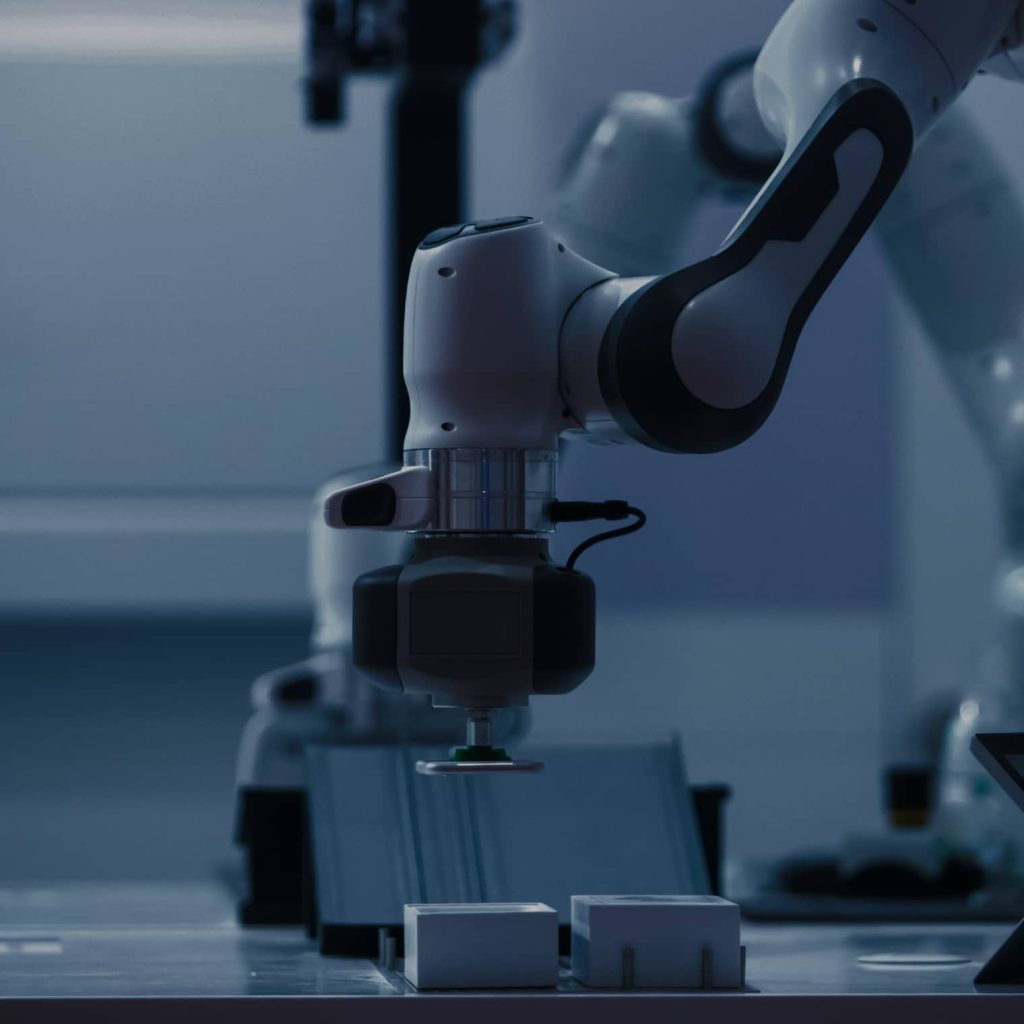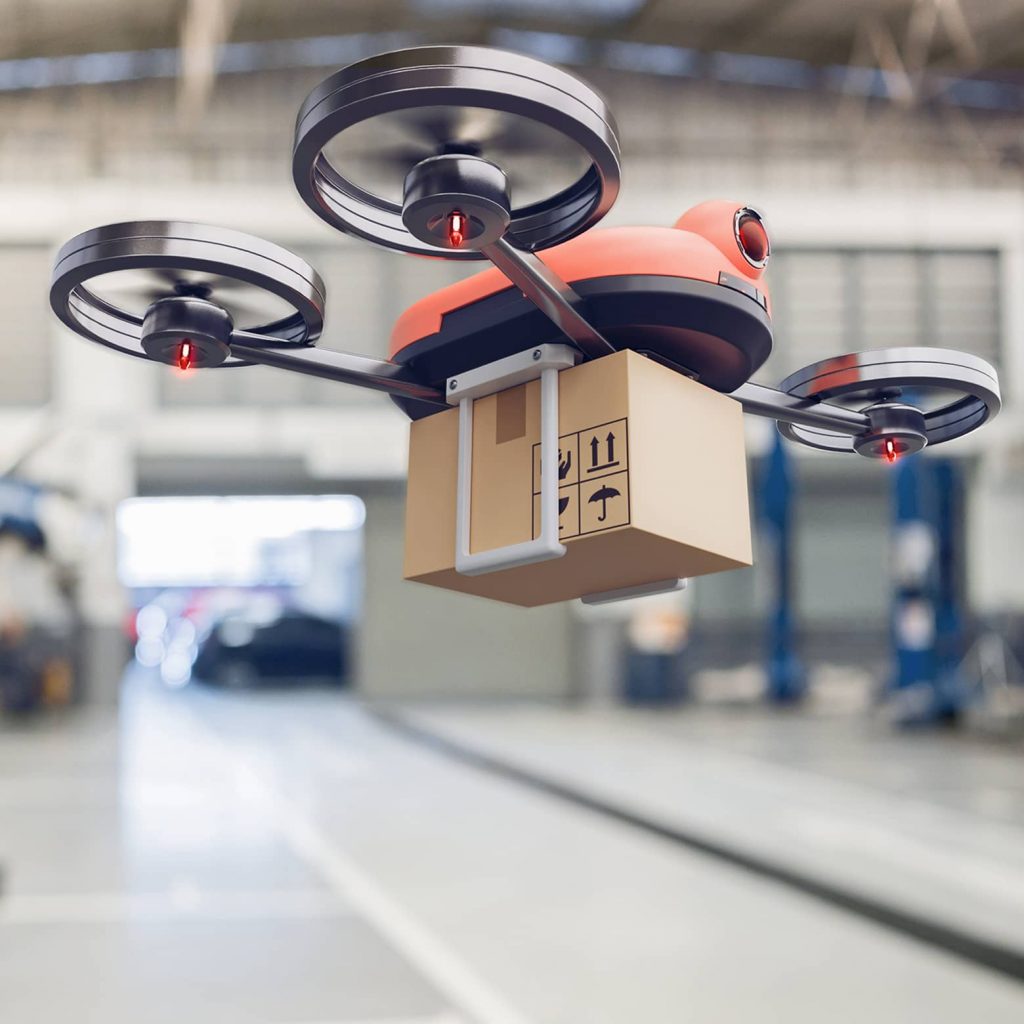
Rapid shifts in business and social environments put increasing pressure on logistic companies, disrupting traditional operating models and raising new challenges. Some technologies and supply chain trends have lost their relevance while others are growing in popularity. Over the past few years, the industry has seen more transformational change than it has in perhaps the entire previous century. Always on and always connected, today's customer demands fast, integrated, and personalised experiences via diverse channels that comply with the latest personal safety requirements introduced by the pandemic.
To keep up with high volatility in supply and demand and remain resilient, businesses in logistics need to transform their operations and workflows. Companies will have to reconsider their business ecosystems and optimise all the essential processes and infrastructure, from warehouse automation and opening new parcel-delivery bases to developing delivery networks, integrating with third-party vendors, and adjusting their marketing and brand development activities.
It's critical to ensure you have all the resources and skills in place, including software development expertise. Many enterprises partner with experienced providers of logistics software development services to facilitate and support this digital journey.
Moving forwards with your digital transformation, you need to scope out logistics and supply chain technology trends, assess their potential within your business environment and select those technologies that could meet your specific business needs. If you dive into the latest publicly available industry reports by McKinsey, PwC, Gartner or the Logistics Trend Radar published annually by DHL, you'll find several technologies and supply chain trends covered there. Some are already being pioneered by industry innovators, and others are predicted to disrupt the market in the coming years. Let's take a closer look at them.
Six logistics and supply chain trends to shape T&L businesses in 2023 and beyond
1. Omnichannel and the focus on the customer
As economies gradually reopen, customers expect companies to develop their existing digital channels instead of reverting to pre-pandemic business models. Omnichannel services will allow businesses to offer a better customer experience and improved delivery convenience.
Yet supply chains can struggle to meet the customer-centric expectations that the omnichannel experience demands if their fulfilment processes are patchy and the supply chain is too segmented. A lack of visibility into inventory in transit is also problematic. Companies will have to overcome these challenges to deliver a seamless experience while minimising the costs of complaints and cancelled orders.
With customer experience at the forefront, companies will have shift from integrated legacy systems to cross-channel platforms shared between manufacturers, retailers and logistics providers, with the aim of improving visibility over their supply chains, streamlining shipment processes and responding to the growing pressure on "anytime and anywhere" delivery models.
To bring customer experience even further forward, digital innovators will focus on technologies like artificial intelligence for personalising experiences, voice commerce and chatbots for customer support and touchless interactions, extended reality for immersive experiences, contactless IoT and mobile technologies for billing and payment digitalisation.
2. The sharing economy
The pandemic has not only altered traditional business models, but it has also disrupted the way consumers interact with service providers. As more and more big logistics enterprises started shifting towards flexible labour and on-demand resources, the sharing economy business model has gained added relevance.
Some aspects of logistics stand to benefit strongly from the sharing economy, but only if companies intelligently embrace these disruptive business models. Supply chains need to consider adopting key tenets of the sharing economy: making shared use of assets, people and data. Rather than operate logistics in the silo, companies could consider pairing up with third parties and partners to share storage, transport and technology to optimise utilisation and maintain a more fluid supply chain.
Uber freight, for example, allows companies to schedule deliveries via a trusted network of drivers while DHL Supply Chain implements a custom labour share app in the Americas. It enables warehouse managers to pool shifts between facilities and allows employees from multiple locations to work flexibly where their services are most needed.
3. Blockchain and decentralisation
It is not just the sharing economy that promises to deliver benefits by taking a less centralised approach to supply chain management and logistics. Security and greater efficiency, on top of the ability to deliver higher service levels at a lower cost—to name a few benefits—are the reasons why companies from the transportation and logistics sector turn to Blockchain-based solutions. On top of these, Blockchain can enable source-to-consumer transparency, immutably storing product lifecycle information, secure transfer of data and much more.
Potential use cases will include supply chain optimisation with the help of smart contracts and automation, new business models based on crowdsourcing, loyalty programs with immutable records and many more.

4. IoT and digital twins
Intra-enterprise supply chain visibility also matters, and the trend is clearly towards better insights. Thanks to the Internet of Things (IoT), companies can now measure inventory levels and stock movements automatically as millions of sensors instantly report back to a central hub. Sensors can track goods all the way from the factory floor through to the store.
This wealth of data provides the opportunity for advanced analytics: analysing logistics and supply chain management activity more deeply than ever before in order to better optimise supply chain operations. Doing so reduces costs and irons out the glitches that today’s customers find so intolerable. In fact, supply chain data is now so detailed that companies can build a virtual version of a supply chain called a digital twin. Digital twins can be tweaked and modified to find improved ways of operating – which can then be implemented in the real world.
5. AI, intelligent automation and RPA
While digitalisation will certainly automate many logistics processes, it will also relieve increasing labour shortages, particularly due to pandemics and the restrictions associated with them, while helping to boost performance and ensure the safety of existing workers.
McKinsey Global Institute estimates that the transportation and warehousing industry has the third-highest intelligent automation potential of any sector. Technology can help introduce social distancing in warehouses, from connected IoT solutions that trace employees within a facility to G2P systems and robots that are less invasive in terms of personal privacy but still keep people safe.
Automated pallet-handling solutions can help cut shipment-processing time by 50% while preventing unnecessary in-person interactions among warehouse workers. One active adopter is DHL International (DHL). The company has built over 100 automated parcel-delivery bases in Germany to reduce the need for manual handling and sorting by its delivery personnel.

PwC CEE Transport & Logistics Trend Book 2019
Robotic process automation (RPA) is also set to reduce labour costs and minimise errors by automating routine processes on existing supply chain software platforms. But, far from making human workers obsolete, this shift will increase the number of technically skilled jobs in logistics (e.g., programmers and managers of robotics fleets). Innovative new models of work will be needed for the recruitment and retention of increasing segments of millennial and Gen Z logistics talent.
Gartner also predicts that through 2024, 50% of supply chain organisations will implement applications that support the capabilities of artificial intelligence and advanced analytics. Indeed, digital supply chain optimisation is no longer optional, and leaders in logistics innovation look to advanced tools such as artificial intelligence (AI) and indeed intelligent automation to get the most out of their supply chains. AI has the ability to analyse and optimise supply chain data to a level that cannot be matched by humans utilising data analytics tools.
Combining AI with other technological advances such as digital twins, companies can drive supply chain productivity to levels never seen before, giving companies a clear cost advantage over competitors. Furthermore, intelligent automation ensures that automated supply chains utilise available data and insights to remain agile, responsive and scalable.
6. Self-driving vehicles
As artificial intelligence (AI), sensors and vision technologies mature, self-driving capabilities become even more available, allowing businesses to leverage advanced automotive software development services and maintain 24/7 operation with new levels of safety and efficiency. There are multiple promising use cases, from long-haul trucking and last-mile delivery rovers to unmanned aerial vehicles (UAVs) or "drones".
“Self-driving vehicles will soon fundamentally transform the way vehicles are assembled, operated, utilized, and serviced. From trucks to last-mile robots, self-driving vehicles will transform logistics by unlocking new levels of safety, efficiency, and quality”. - DHL Logistics Trend Radar
Drones can help facilitate and even automate delivery to isolated areas lacking proper ground infrastructure, along with cost-efficient remote inspection of industrial facilities, warehouses, rail networks and other outdoor assets.
From our experience of delivering custom logistics software solutions, we can see that the outcome of any digitalisation journey heavily depends not only on the choice of technology but also on how mature the organisation is. So, how can you know if your logistics organisation is ready for the digital transformation?
We have prepared a comprehensive guide to data-driven supply chain modelling to help you identify the technology that can best meet your organisation’s unique needs.

Capitalizing on the latest supply chain trends requires a technology partner
Companies with complex logistics or vast supply chains have high expertise in supply chain management, but less expertise when it comes to digital transformation and innovation. An experienced technology partner will enable your organisation to get the most of the latest logistics and supply chain trends.
Our advice is to focus on digital technologies that have proven practical value, successful real-life implementation cases, and predictable ROI. Such technologies and tools include data science and advanced analytics, the cloud and Robotic Process Automation (RPA). You can ask your software vendor to perform a technical feasibility study to scope out technologies and validate ideas before moving on with your digital transformation.
Otherwise, you risk investing in supply chain trends and technologies that are either not mature enough or have no real potential within the logistics business environment. Proper research and analysis will help you reduce technological uncertainty so that you can be sure your idea is viable and have full confidence in any investment.
Related customer success stories
While transformation is the key to remaining resilient and competitive in today’s challenging environment, businesses are looking for new ways to diversify their value proposition, digitalise processes, automate warehouse operations, and adopt new delivery models to drive operational effectiveness and prepare for the post-pandemic economy.
Aramex, an ELEKS client, is one example of how a logistics enterprise can adopt digital technologies to transform operations and optimise its entire business ecosystem. Aramex is a disruptive leader in the global logistics and transportation industry with over 18,000 employees in 69 countries.
ELEKS has been involved in the development of a number of Aramex's consumer-facing websites and mobile applications that allow its customers to easily track shipments and get the information they need while maintaining contact with the company. As a result, Aramex achieved a 5x cost reduction by using internal apps for warehouse operations and a 230% increase in mobile user retention. You can read the case study here.
Another of our customers to have succeeded in data-driven transformation is Russmann, a Germany-based car and van rental firm which also offers vehicle sharing and leasing solutions.
ELEKS helped Russmann to integrate its IT systems and use data science to make better operational decisions. The customer a 3% increase in its fleet utilisation rate and 95% accuracy of demand prediction having implemented a centralised fleet management solution reinforced by data science. Learn more about this project.
ELEKS has a track record of helping companies cut supply chains costs and improve customer retention. We do so by combining business analysis with superior software development skills and an in-depth understanding of your market and supply chains and logistics.

Related Insights











